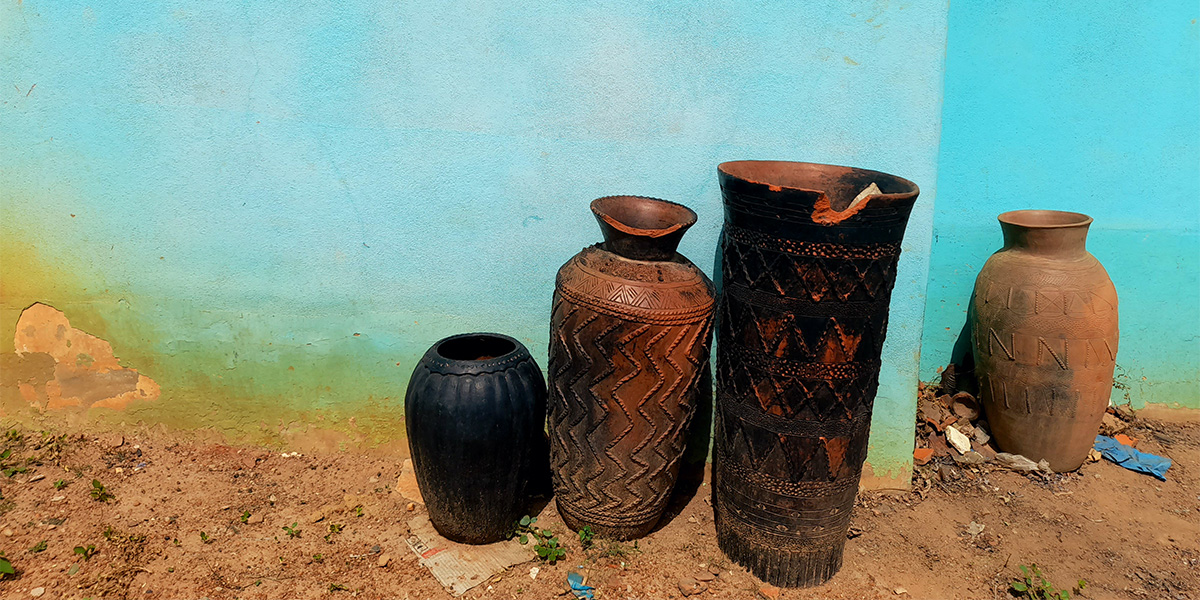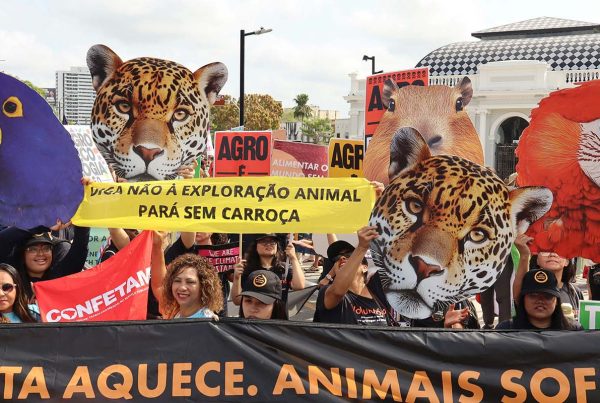Recently, Anne-Catherine Schaub-Jones represented Oxford HR in the Ivory Coast to visit regional and local NGOs, INGOs, foundations, Africa Development Bank and private companies having a strong “for impact, for purpose” element.
A lot of interesting conversations took place with candidates and potential clients. It was quite a chance to meet people face to face! One trend that appeared is that many Ivorians from the diaspora are looking to return to their country or at least to the region. A second aspect to note is that most people have a side hustle and incredible entrepreneurial energy. Sustainable cacao farming and fair trade are hot topics, and many questions subside. Ivory Coast produces nearly 40% of global cocoa; it is undoubtedly one of the world’s most important cocoa sources.
What is the capital of the Ivory Coast?
Let us ask a basic question: What is the capital of the Ivory Coast? Most people would say “Abidjan” (yes, that’s a great quiz question!). The correct answer is Yamoussoukro. In 1983, President Houphouët-Boigny made Yamoussoukro the political and administrative capital of the Ivory Coast, as the city was his birthplace. This marked the fourth movement of the country’s capital city in a century. Ivory Coast’s previous capital cities were Grand-Bassam (1893), Bingerville (1900), and Abidjan (1933). Most of the economic activity still takes place in Abidjan, officially designated as the “economic capital” of the country. Yamassoukro is also known for its Basilica of Our Lady of Peace (in French: la Basilique Notre-Dame de la Paix). The Guinness World Records lists it as the largest church in the world, having surpassed the previous record holder, Saint Peter’s Basilica, upon completion. It can accommodate 18,000 worshippers, but only a few hundred people usually attend ordinary liturgies conducted at the basilica. Yamoussoukro is the fifth most populous city on Ivory Coast with a population of 200.000+ and is located 240 kilometers northwest of Abidjan.



